A Guide to Heirloom Tomatoes |
What does ‘heirloom’ even mean?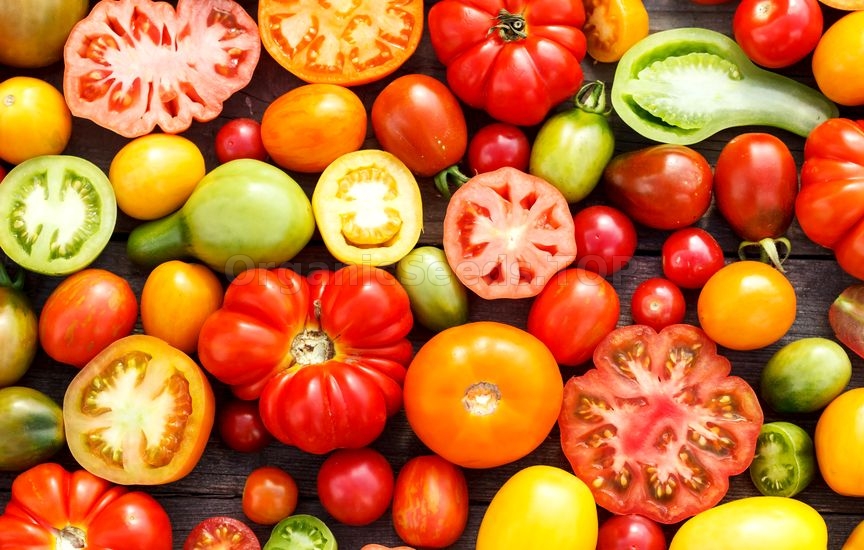 Heirloom, also called Heritage, refers to varieties of tomatoes whose seeds have been passed down for generations because of desired qualities and characteristics. Basically, they are older varieties (but not always!) of tomatoes that are prized due to their unique colors, flavors, textures and characteristics. Heirloom varieties are open-pollinated. You can save seeds from the heirloom tomatoes, plant them, and they will grown into new tomato plants. If two or more varieties are planted near each other, you never know - you might end up with a new mystery variety! Heirlooms are classified into four specific categories:
Why are heirlooms so desirable?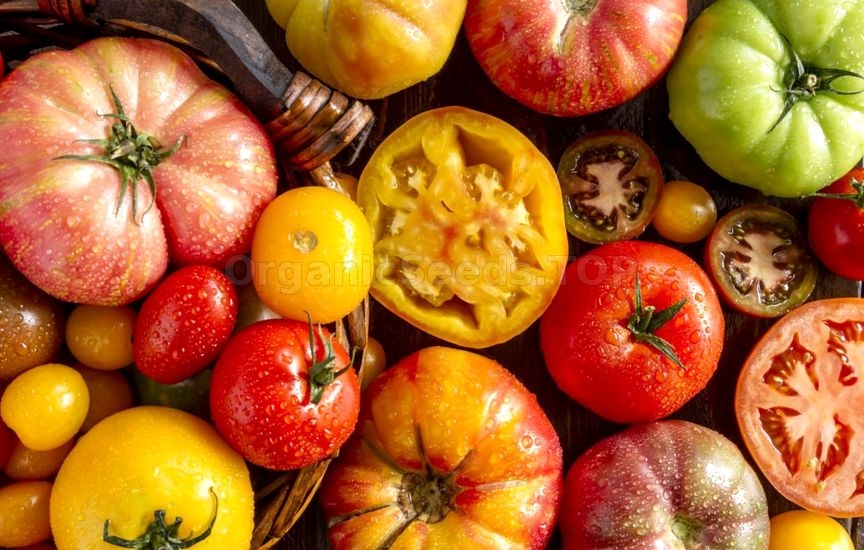 Heirlooms usually haven’t been hybridized for qualities that include shelf life, color and uniform appearance. They are often “ugly” with deep cracks and bumps. The colors are variegated and range from deep browns and purples to light yellows, pinks and everything in between. The only color I haven’t seen is blue!
How do you select a good heirloom tomato?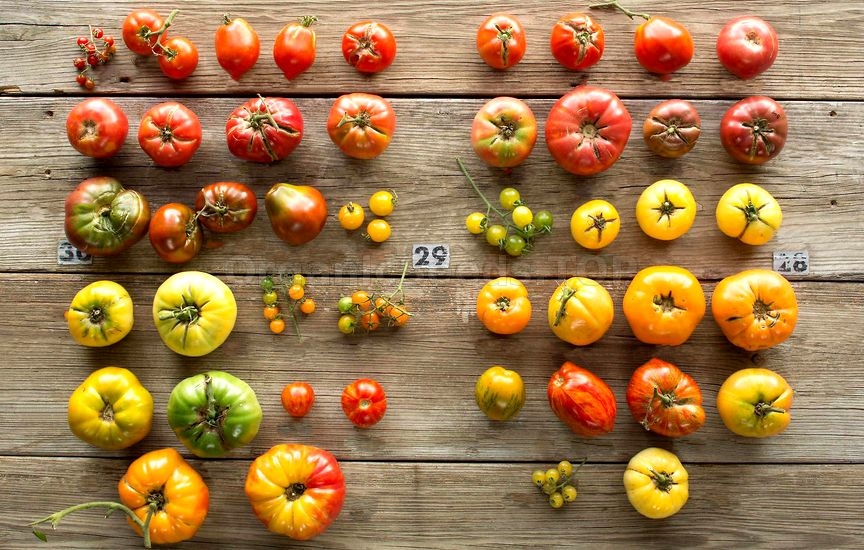 Selecting heirloom tomatoes is different than your regular, run-of-the-mill red tomato. The colors are only the beginning of it. Each variety is valued for its unique flavors and textures. (See below for more on that subject.) The first rule of thumb when shopping for heirlooms is to handle them with extreme care. Touching the heirlooms is often discouraged; a squeeze will earn you the evil eye from your grocer. The skins of heirlooms are thinner, the flesh is more prone to bruising, and therefore they spoil more quickly. Just give them a once-over and make sure the skin is intact (cracks are okay, but avoid splits that are oozing tomato juice). Avoid overly ripe tomatoes, too—if you won’t be using them the same day, buy some that are a little underripe. When it comes to heirlooms, the uglier the better, I say. Cracks and bumps give them character. How do you store heirloom tomatoes?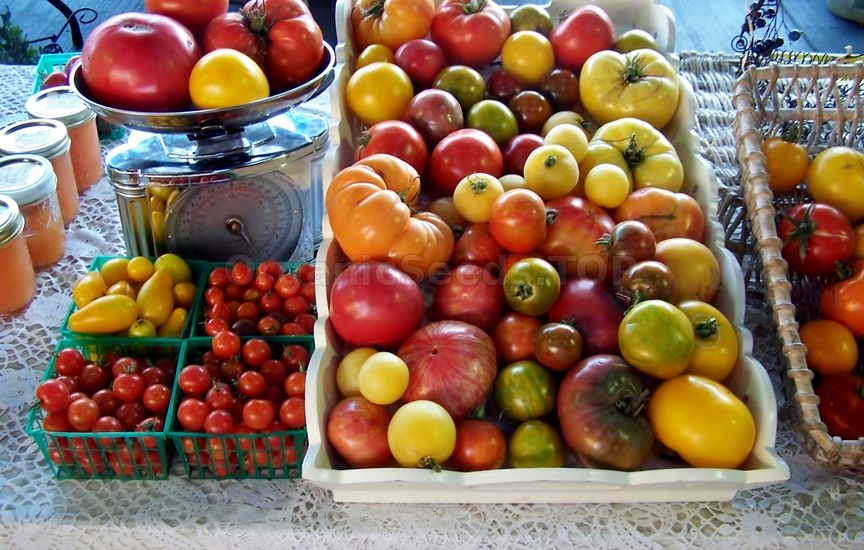 As I mentioned, heirlooms spoil very quickly. It’s best to enjoy them within 1-2 days of buying them. If you need to keep them for longer, choose some that are a little firmer and underripe. They will continue to ripen at room temperature. Do not under any circumstances refrigerate the tomatoes. It will ruin their glorious texture and flavor. Keep them on the counter in an area where they won’t be squished by other foods. To keep fruit flies away, cover them with a fine mesh sieve. Only once they’ve been cut should you store in the refrigerator.
Why should you eat heirloom tomatoes?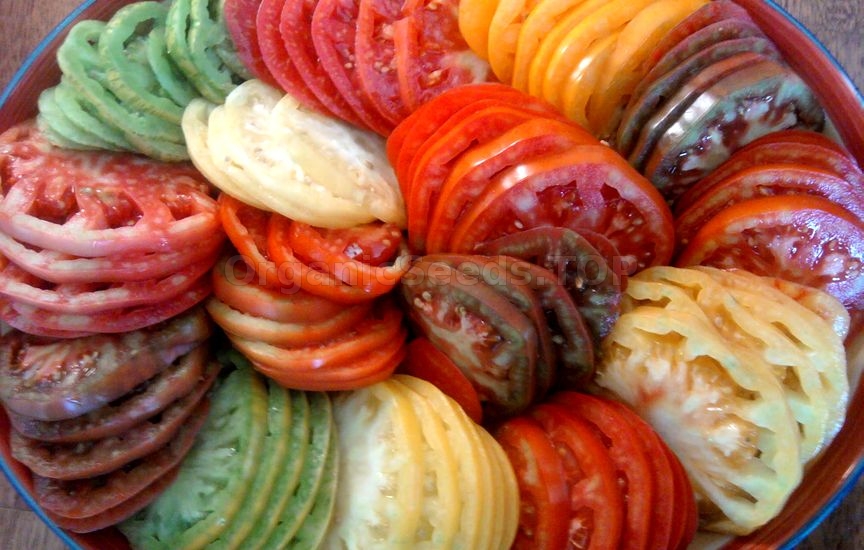 Due to their lack of commercial hybridization, heirlooms are actually a little lower in lycopene than strictly red tomatoes. But they are full of vitamins A and C, minerals and fiber, and support cardiovascular and bone health. Not to mention they are life-changing in their sweet flavor and juicy, almost buttery texture.
What are the heirloom tomato varieties?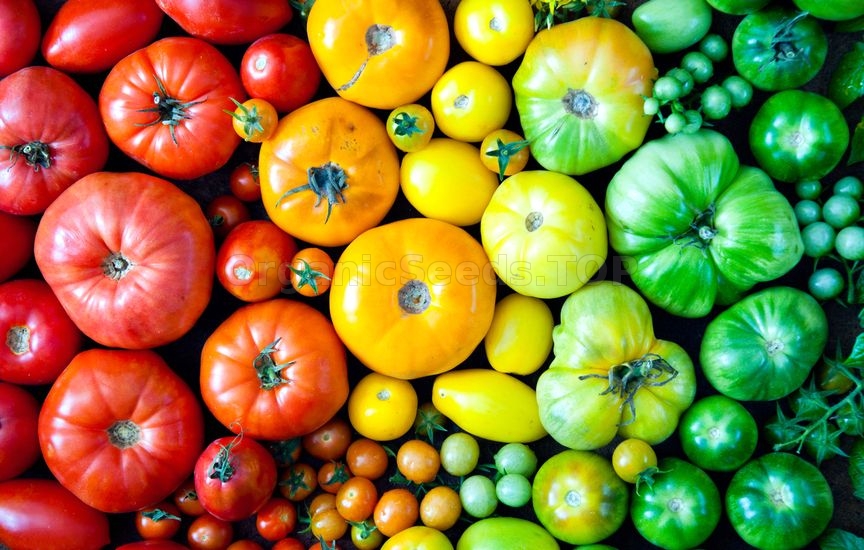 Too many to count! Here are some popular ones:
Big heirlooms:
 Cherry tomatoes:
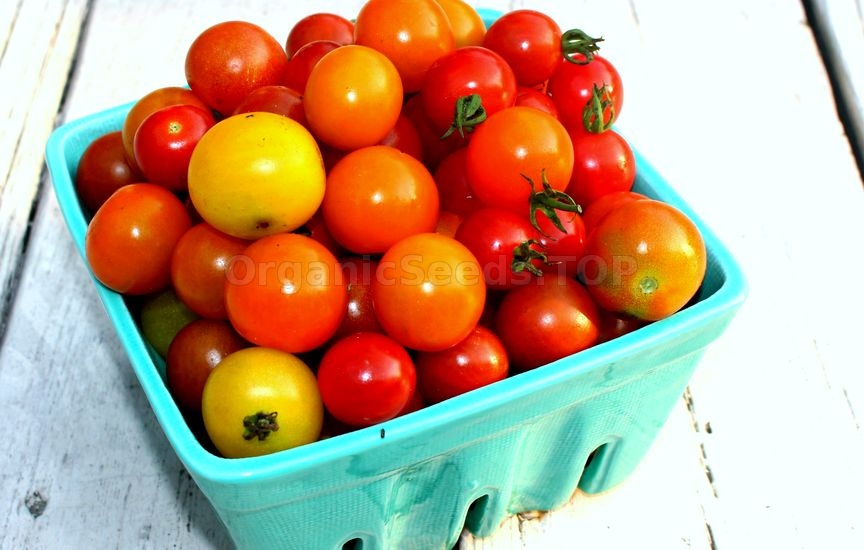 You may need:100% Organic Heirloom Tomato SeedsBeefsteak tomatoesCherry tomatoesGiant tomatoesBi-color tomatoes |
|
|
